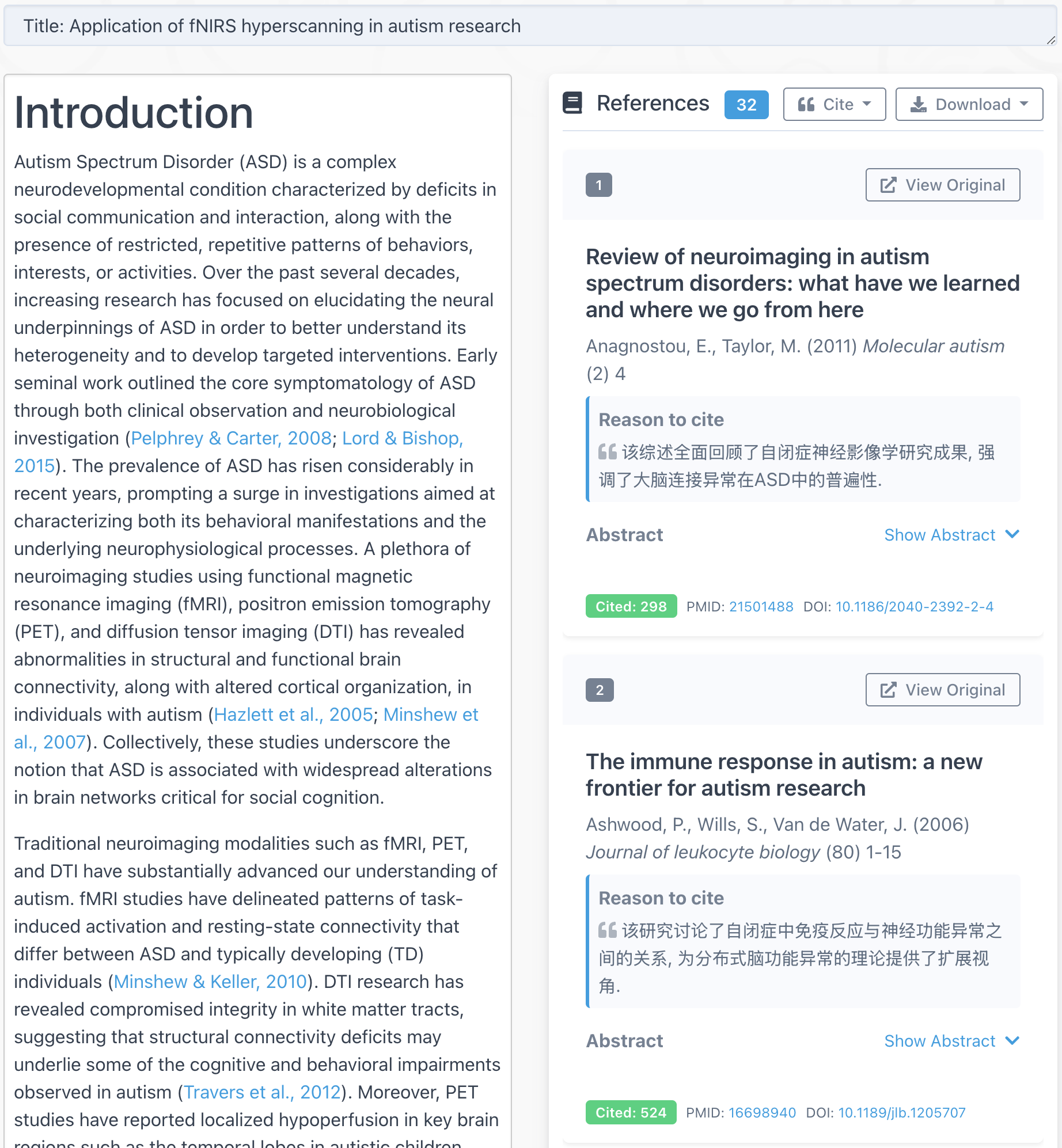Note: The following article is a guest post by Vanessa Reindl from University Hospital RWTH Aachen, Germany. She made our original hyperscanning game more interesting for children studies. She is very generous for sharing her experience as well as the game itself.

Planning our first hyperscanning study, we were looking for a task to measure the parent’s and child’s ability to synchronize their behavioral responses. In addition, the task should be able to control for confounds, such as seeing the same stimuli and performing the same actions. We were excited about the study by Dr. Xu Cui and his colleagues and piloted the cooperative and competitive games with children. Unfortunately, the games were a bit too difficult for young children. Therefore, we adapted the games (the “dolphin game”). Our goal was to keep the tasks’ structure as close as possible to the original games but to make them more appealing for children. Further, we wanted to simplify the feedback and keep it very intuitive without using words or numbers so that no reading skills are required. We have so far used the dolphin games in three studies (Reindl et al., 2018; Kruppa et al., 2021; Reindl et al., 2021) with children aged between 5 years and 18 years, who played the games with (one of) their parents and unfamiliar adults.

Dolphin games: The two participants each play a dolphin. During cooperation, the task is to catch a ball together and win shared points by reacting (button press) as simultaneously as possible. During competition, the task is to catch the ball and win a point for oneself by reacting faster than the other player.
- Cooperation: In each trial, a black circle appears on the screen above the dolphins. After 0.6-1.5s, the black circle is replaced by a colorful ball (‘go’ signal). The participants are instructed to press their computer keys after the ‘go’ signal. If the difference between their response times is below a threshold, both dolphins jump to the ball, catch the ball together and win a point. If it is above the threshold, only the faster dolphin jumps to the ball, none of the dolphins catches the ball and both lose a point. Based on this feedback, the participants can adapt their response time in the next trial.
- Competition: The task structure is similar to the cooperative game, except that the participant who presses the key faster will catch the ball and win a point (and the other will lose a point).
As in the original games by Xu and his colleagues, each game consists of two task blocks with 20 trials each and three 30s rest blocks in alternating order. While the games are very similar to the original games, there are some things which should be considered when doing the experiment with children:
Tip 1: Check task behavior and performance
Prior to running the study, check the percentage of joint wins during cooperation, child wins and adult wins during competition to see whether the difficulty level is right. You may change the win threshold for cooperation in case the game is too easy or too difficult. Further, you may check whether the participants successfully adapt their reaction times during cooperation and do so more strongly than during competition. One option is to look at how the difference in reaction times between adult and child changes after receiving feedback on who reacted faster (for cooperation this is only the case in trials in which participants lost a point). Do reaction times become more similar during cooperation after receiving feedback? If this is the case, this is a good validity check and indicates that the participants have understood the task (see Reindl et al., 2021).
Tip 2: Check data quality
Obtaining a good fNIRS signal quality can be more challenging in young children than in adults. In particular, preschool children may have more difficulty sitting still for long periods of time and motion artifacts are generally more prevalent in the data. This can be addressed in the data analysis stage, but unfortunately, artifact correction techniques cannot fully replace a good data quality. Therefore, already when piloting the experiment, check the data quality and think about ways to improve it. For this experiment, one effective possibility may be to use chin rests (see Jove video).
Tipp 3: Cooperation and competition may elicit emotions
Cooperating and competing with the parents or unfamiliar adults may elicit emotions, such as joy or frustration, and accompanying emotional arousal (imagine losing against the parent!). Such changes in the autonomic nervous system can also affect the fNIRS signal. One possibility to deal with this is to measure the participant’s arousal using simultaneous electrocardiography recordings synchronized to the fNIRS recordings (see Reindl et al., 2021).
If you would like to try out the Dolphin games, please feel free to write an email to [email protected] for the Matlab scripts and stay tuned for a parallel version of the game, which we are currently developing with monkeys instead of dolphins.



Hi! My name is Amy and I’m doing my undergraduate honours thesis at the university of Lethbridge. My study is going to look at neural synchrony between different dyads. I tried to recreate this game using psychopy but so far it lacks a lot of the features. I was wondering if it’s possible to get a version of this game for my thesis. Thank you for your time.
Please contact Vanessa directly.